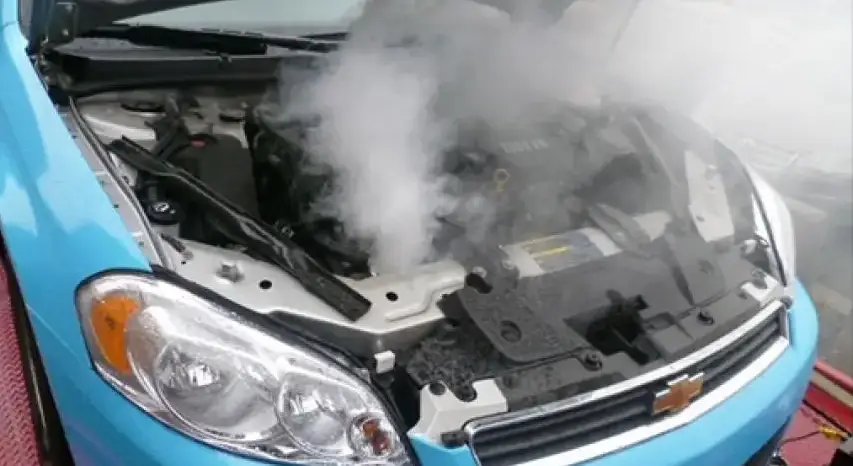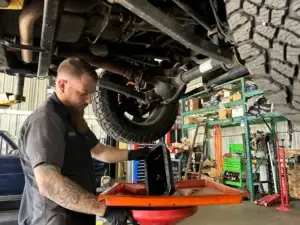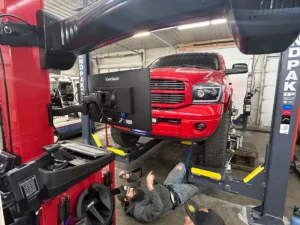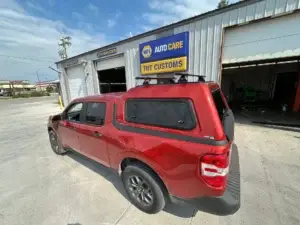Expert Guide
An overheating vehicle is a common yet serious issue. Watching your dashboard’s temperature gauge soar into the red zone can be nerve-wracking and potentially damaging to your engine. Here’s what you need to know to manage and prevent vehicle overheating, keeping you safe and your car running smoothly.
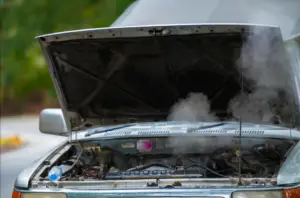
Why Does My Vehicle Overheat?
Several common issues can cause overheating:
- Coolant Problems: Insufficient coolant, leaks, or deteriorated coolant quality can disrupt engine cooling.
- Thermostat Malfunction: A faulty thermostat can impede coolant circulation, causing heat buildup.
- Radiator Issues: Clogged radiators or malfunctioning radiator fans reduce heat dissipation efficiency.
- Damaged Belts & Hoses: Worn or cracked hoses and belts often lead to coolant leaks.
- Stressful Driving Conditions: Extreme weather, traffic congestion, or towing heavy loads significantly strain your cooling system.
Immediate Steps if Your Vehicle Overheats
- Safely Pull Over: Immediately move to a safe area when the temperature gauge spikes.
- Turn Off Engine: Stop the engine to halt further overheating and potential engine damage.
- Allow Cooling: Open the hood cautiously to expedite cooling, but NEVER open the radiator cap immediately. Doing so can cause severe burns from scalding coolant and steam.
- Inspect Coolant Levels: After your engine cools, check coolant reservoir levels. Add appropriate coolant or distilled water if necessary (check your owner’s manual for specifics).
- Check for Leaks: Look beneath your vehicle for leaking coolant, and visually inspect hoses, radiator, and water pump.
- Restart Carefully: If the temperature gauge stabilizes, cautiously restart and drive immediately to a professional mechanic, like TNT Customs Auto Shop, for inspection.
Preventing Overheating: Essential Tips
- Regular Maintenance Checks: Schedule regular cooling system checks and coolant flushes based on your vehicle manufacturer’s recommendations.
- Frequent Coolant Checks: Routinely inspect and refill coolant to the proper level.
- Replace Belts and Hoses: Regularly inspect belts and hoses for wear and promptly replace them.
- Clean the Radiator: Clear debris and insects regularly to maintain optimal airflow.
- Mind Vehicle Loads: Stay within towing capacity and avoid heavy loads, especially in hot conditions.
- Monitor Temperature Gauge: Keep an eye on your temperature gauge, particularly during long drives or extreme temperatures.
FAQs About Vehicle Overheating
Q: Can I drive my vehicle after it overheats?
A: Briefly, only if the temperature returns to normal after adding coolant. Drive cautiously to your mechanic for a full inspection.
Q: How often should coolant be replaced?
A: Typically, every 30,000 to 50,000 miles, but check your owner’s manual for specific recommendations.
Q: Why does my vehicle overheat in traffic?
A: Slow-moving or stopped traffic reduces airflow through your radiator, making your cooling system work harder.
Q: Can overheating damage my engine?
A: Yes, prolonged overheating can lead to serious issues like warped cylinder heads, blown head gaskets, or even complete engine failure.
Q: What coolant type should I use?
A: Always use coolant recommended by your vehicle’s manufacturer, found in your owner’s manual.
When to Seek Professional Help
If overheating issues persist, it’s essential to have your vehicle inspected by qualified experts. TNT Customs Auto Shop specializes in diagnosing and addressing cooling system problems efficiently and professionally.
Stay proactive—prevent overheating and ensure your vehicle’s health with regular maintenance from TNT Customs Auto Shop!

